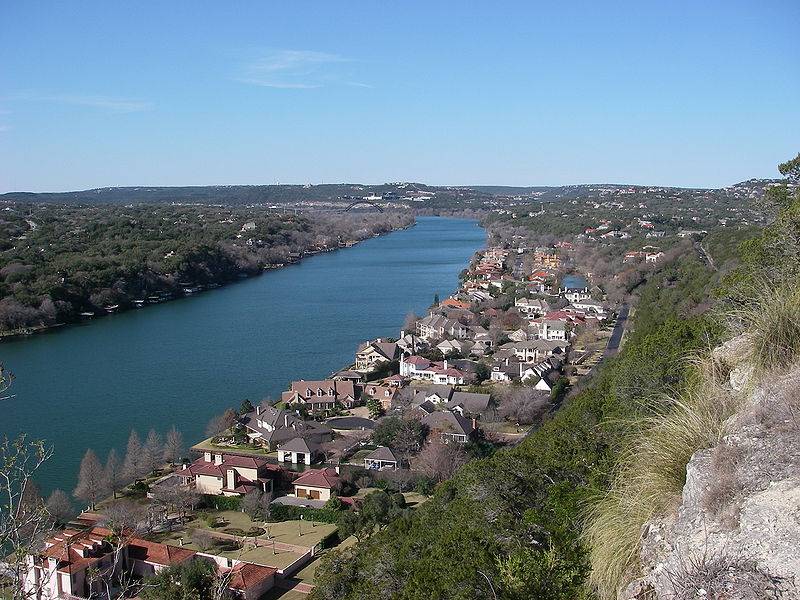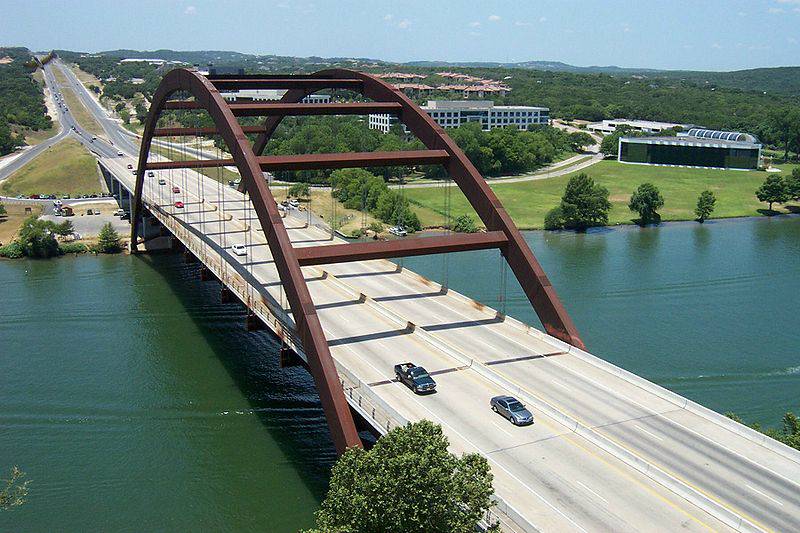Stand Up Paddle Rivers - Colorado River
The Colorado River in Central Texas (not to be mistaken for the Colorado River separating California and Arizona) is the 18th longest river in the United States and the longest river with both its source and mouth within Texas; however its drainage basin and some of its usually dry tributaries do extend into New Mexico. The 862-mile (1,387 km) long river flows generally southeast from Dawson County through Marble Falls, Austin, Bastrop, Smithville, La Grange, Columbus, Wharton, and Bay City before emptying into the Gulf of Mexico at Matagorda Bay.
The river is an important source of water for farming, cities, and electrical power production. Major man-made reservoirs on the river include Lake Buchanan, Inks Lake, Lake LBJ, Lake Marble Falls, Lake Travis, Lake Austin, and Lady Bird Lake in Austin. Collectively, these lakes are known as the Highland Lakes. In addition to power plants operating on each of the major lakes, waters of the Colorado are used for cooling the South Texas Nuclear Project, near Bay City. The Colorado River Municipal Water District owns and operates three reservoirs upstream of the Highland Lakes, Lake J. B. Thomas near Snyder, E. V. Spence Reservoir near Robert Lee, and O. H. Ivie Reservoir near Ballinger.
SUP Rivers - Colorado River, Texas
The Colorado River originates south of Lubbock, Texas, on the Llano Estacado, near Lamesa, Texas. It flows generally southeast, out of the Llano Estacado and through the Texas Hill Country, through several reservoirs including Lake J.B. Thomas, E.V. Spence Reservoir, and Lake O.H. Ivie. The river flows through several more reservoirs before reaching Austin, including Lake Buchanan, Lake Lyndon B. Johnson, and Lake Travis. The Llano River joins the Colorado south of Lake Buchanan. After passing through Austin, the Colorado River continues flowing southeast until emptying into Matagorda Bay on the Gulf of Mexico, near Matagorda.


